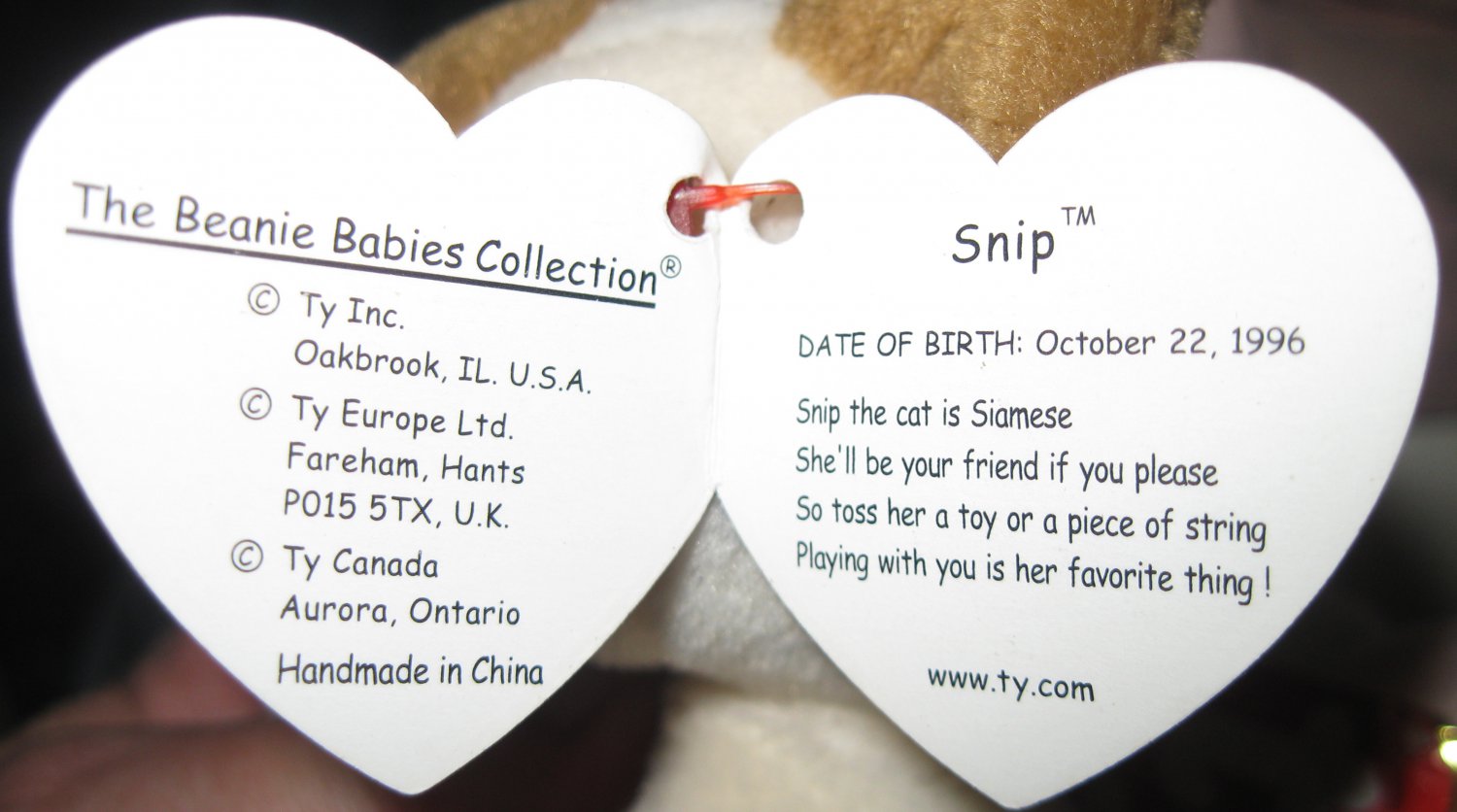
#Nip and snip skin#
There can be permanent tissue death at this stage, where the affected areas become hard and black.įrostnip occurs when skin is exposed to extreme cold for a sustained period of time. Surrounding muscles may not work and you’ll experience blisters, often filled with blood, a day or two after rewarming. You may notice complete numbness, pain, or discomfort. Severe frostbite occurs when the frostbite has gone beyond the outer layers of the skin and affected the deep tissues underneath. Upon warming, your skin may look mottled or purple and fluid-filled blisters may appear up to 36 hours after warming the skin back up. Your skin may actually feel warm to you, which is a sign of damage. The reddened skin may become pale or white, and some ice crystals start to form within the skin. Superficial (mild) frostbite is when true frostbite starts to take hold. Your skin may get pale or turn red and feel extremely cold or numb.


These stages include: Frostnipįrostnip occurs when the tissue is cooling because of the constriction of blood vessels and the resulting inadequate blood supply to the area. If frostbite advances, the damage isn’t reversible.įrostnip is the precursor to frostbite, which has three different stages of progression. Frostnip, which occurs due to vasoconstriction, can develop into frostbite if the tissues become frozen. Though it’s an injury, the skin is still pliable and there’s no permanent tissue damage unless it escalates into frostbite. Frostnip is the stage before frostbite begins.


 0 kommentar(er)
0 kommentar(er)
